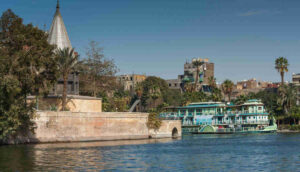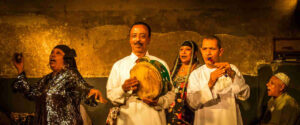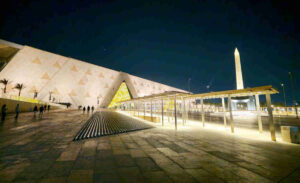Although it may not be as famous as other places, there is much to see on Roda Island in Cairo. Located in a
Its Names and Location
Roda Island is located on the Nile River, as it passes through Giza and Cairo, near the Coptic Quarter and Fustat, which is the oldest part of this second city. It has an elongated shape, with just over 3 km in length between its northern and southern ends. It is connected to the mainland by four bridges, being much closer to Cairo, from which it is separated by a narrow canal, while the channel widens on its western side, towards Giza.
Roda Island in Cairo has received different names throughout its history, and you may still find it mentioned with other terms. In the past, it was called Babylon Island, because of the Babylon Fortress located in the
What to See on Roda Island in Cairo
On Roda Island in Cairo, you will find several places of interest, especially at its northern and southern ends. The most surprising of all is precisely at its southern end: the
Very close to the Nilometer is the Umm Kulthum Museum. For new generations, she may be a little-known figure, but she was a truly famous singer and actress in the 20th century in the country, which is why this biographical museum was dedicated to her, with objects from her life, such as scores, instruments, record players, dresses, and photographs. Next to this museum is also the spectacular
However, the Manial Palace, located in the north of the island, can be visited. Like the previous one, it is truly opulent, in this case by the desire of Prince Mohamed Ali Tewfik, of the dynasty. In its halls and dependencies, which are open to visitors, you can admire styles as varied as Andalusian, Persian or Mamluk, although the main style of the complex is the Ottoman Baroque. Spaces such as the mosque and the throne room are among the most spectacular of the complex, while its outdoor gardens also offer a pleasant moment of relaxation and disconnection.
Finally, of the four bridges mentioned, the most interesting is the wooden pedestrian walkway, which serves as a convenient connection between the Coptic Quarter and the south of Roda Island in Cairo.



